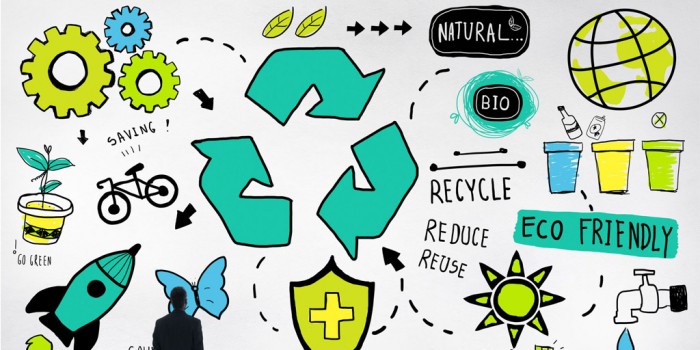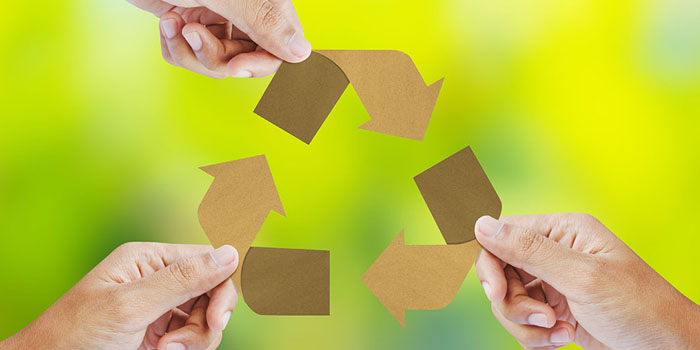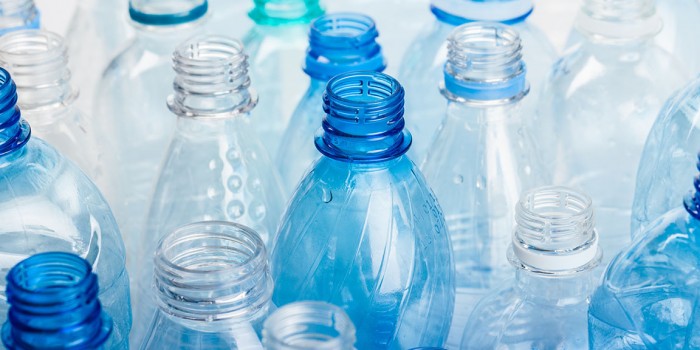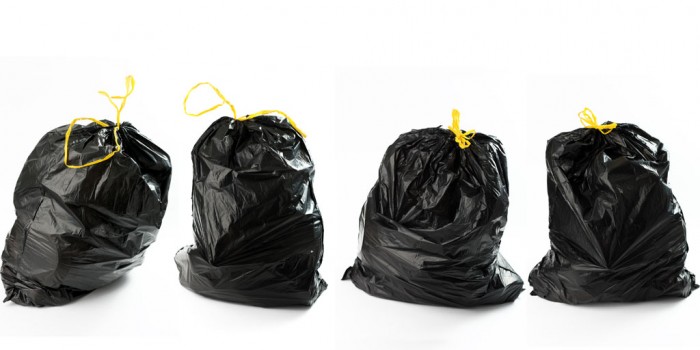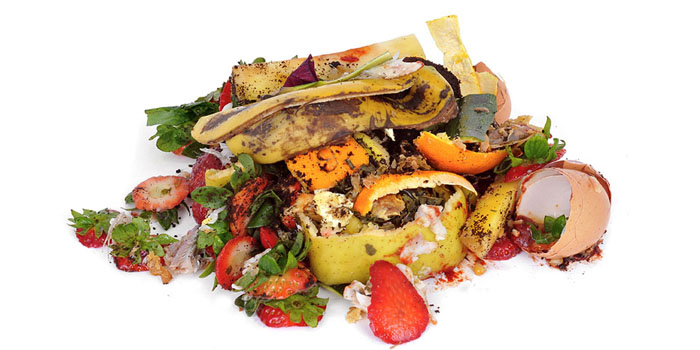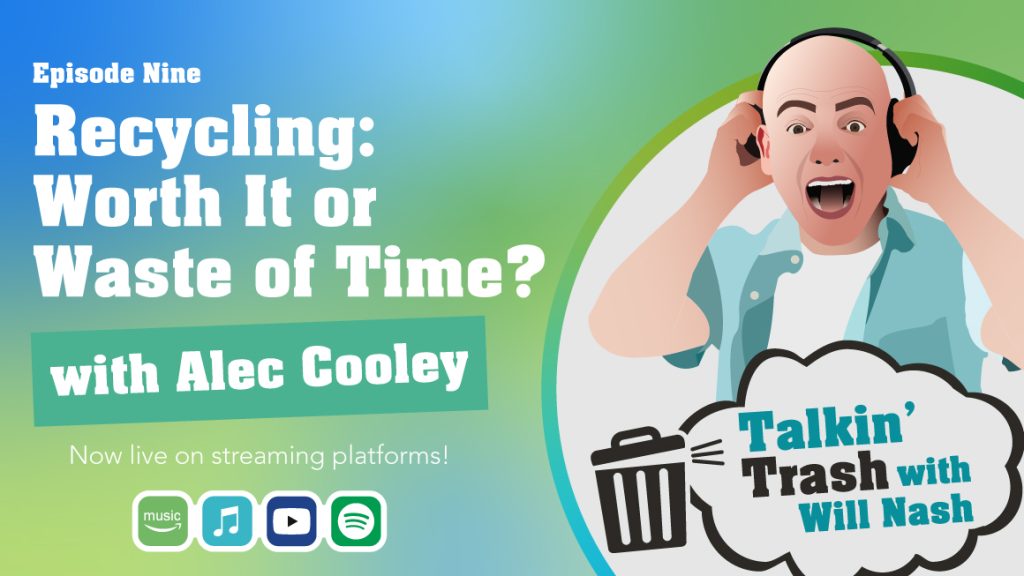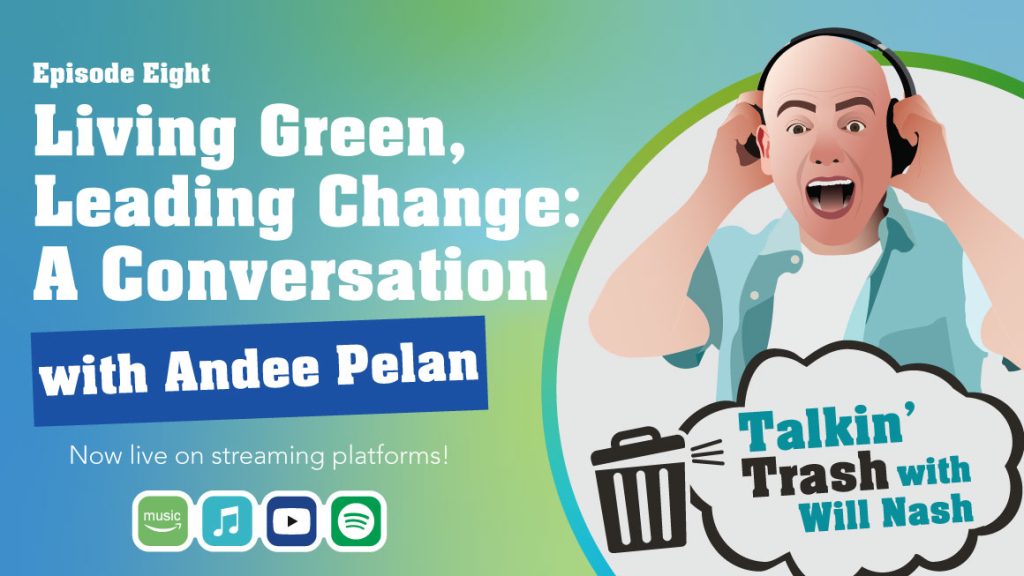Recycling is a no-brainer. We know its benefits, its positive environmental impact, and the cost savings associated with having to process less waste. As the saying goes, “it takes a community” and the success of a municipal recycling program rests on the actions of each individual within a municipality.
Getting information out to the people is also pivotal to the success of a recycling program as lack of guidance or misinformation can severely hurt recycling rates.
Luckily for you, dear reader, we’ve compiled a handy guide to help turn your community into a recycling metropolis!
Here’s how…
Make the Most of Your Marketing Material
What you need – A website, posters, social media profiles, newsletters, mail-outs, and new homeowner packets.
Why?
Marketing material is the front line of information for a recycling program. Keep your message clear and consistent across the board. Make sure to include:
- The types of material accepted
- Where/how to get recycling bins
- When to bring recycling to the curb or,
- Drop-off center locations or pickup days
Mailing a newsletter to residents is the most efficient way to get information out in the community initially, use simple and direct language and include your website, contact info, social media profiles to follow, calls to actions or facts about waste in the community.
Social media is a powerful tool for sharing information, gaining traction, and answering any queries the community may have regarding the program. Do not overlook this powerful and completely free digital tool!
Set a Recycling Goal
What you need – A clear recycling goal for the community to achieve.
Why?
By setting a goal, it gives the community something to shoot for and guarantees a higher success rate. A national survey of over 264 communities found higher success rates in those towns that had a clear recycling goal to achieve.
Figuring out how high to set the goal depends entirely on the current recycling rate in your community. Don’t set it too high initially, make sure to take baby steps toward sustainability, it could hinder future growth if people feel deflated from not initially reaching a lofty goal.
Focus on Recycling in Schools
What you need – the support of the school board and kids that are willing to learn.
Why?
Getting children passionate about the planet and on the road to more sustainable habits while they’re young will get these habits to stick with them through their teenage years and into adulthood.
This can be achieved by extending the recycling program into schools and integrating proper waste and disposal habits into the curriculum. Collaborate with other school boards to see if they’ve tried any similar programs and the successes and failures that came along with it.
Kids are like sponges and will pick up sustainable behaviors quickly. They’ll bring these green habits home and encourage less-than-enthusiastic adults to get on board with the whole recycling thing.
Add Community Drop-Off Locations (If Curbside Pick-up Isn’t an Option)
What you need – A centrally located drop-off center for the community to bring their recyclable material.
Why?
Drop-off centers can be more feasible for smaller communities, saving money on hauling and pickup costs. Signage and posters can be placed throughout the drop-off center to help educate and inform the community about proper recycling, get the community motivated with posters about sustainability and announce any success in waste diversion.
Implement a Pay-As-You-Throw Fee
What you need – A fee for any extra bag brought to the curb.
Why?
Many places have implemented a volume-based waste collection system, AKA a “Pay-As-You-Throw” system. The more waste you bring to the curb, the more you have to pay. It’s a simple system that prevents excessive garbage and gets people to recycle more.
If the material is separated properly, including organic waste, one bag of waste should be more than enough anyway.
Start Collecting Organic Waste & Encourage Composting
What you need – Curbside organic waste collection and green bins.
Why?
According to the Environmental Protection Agency, yard trimmings and food make up 28% of Municipal Solid Waste. Want to see those diversion rates go up? Starting an organics program for food waste and encouraging the community to compost will guarantee a jump in waste diversion rates.
Raising recycling rates for an entire community is a large and complex task to undertake, but that has discouraged hundreds of communities from taking on the challenge and successfully increasing their diversion rates. You can do it!
Sources
Waste Reduction – US Composting Council
https://www.fcm.ca/Documents/tools/GMF/Getting_to_50_percent_en.pdf
Increase Your Community Recycling Rate – Recycling and Solid Waste (hamiltoncountyrecycles.org)
http://www.statcan.gc.ca/pub/16-002-x/2013001/article/11848-eng.pdf

